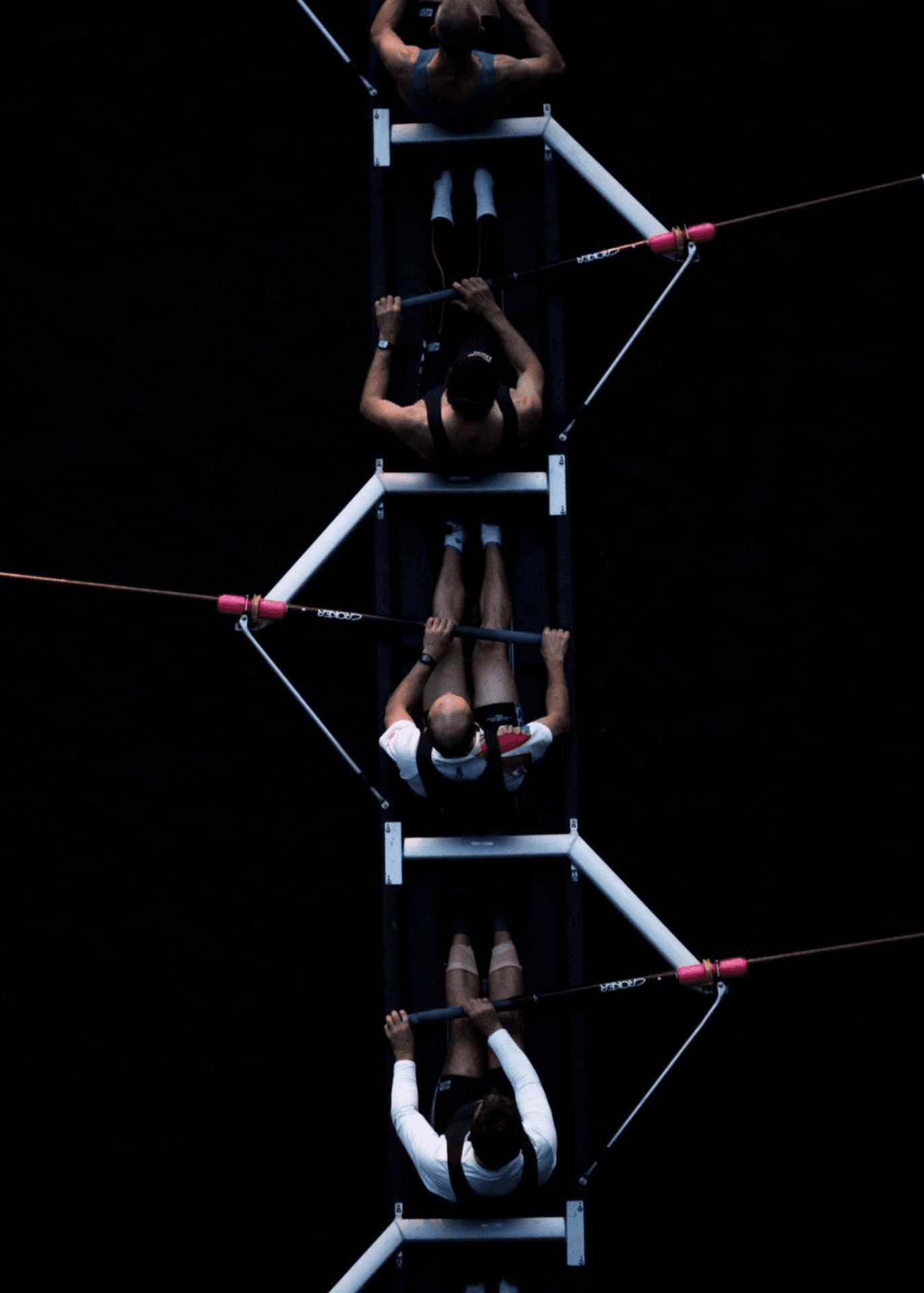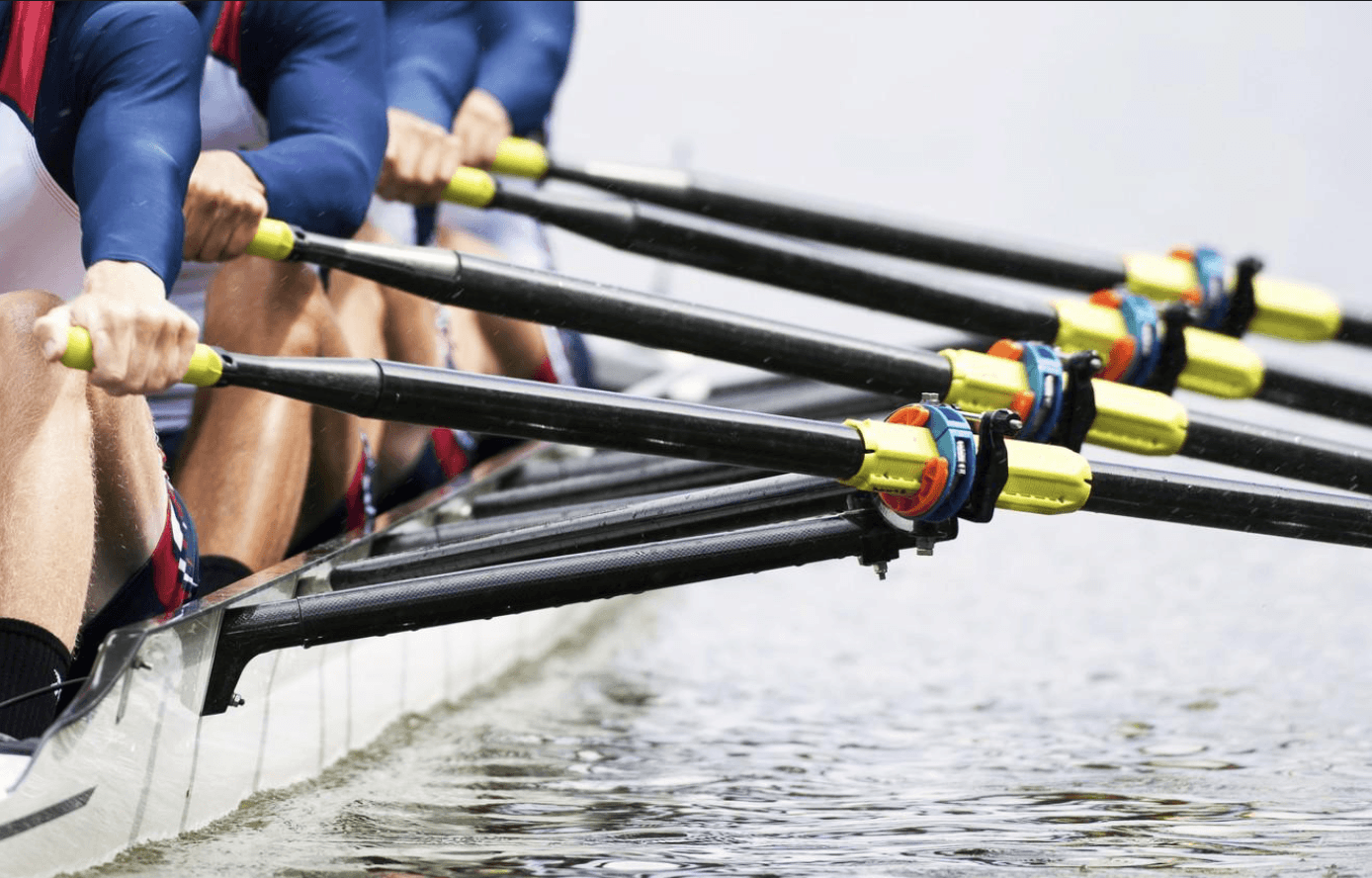
Jun 8, 2024
Rowing: A Sport Requiring Physical Stamina and Mental Focus, Along with Heightened Safety Awareness
Rowing: A Sport Requiring Physical Stamina and Mental Focus, Along with Heightened Safety Awareness
Rowing: A Sport Requiring Physical Stamina and Mental Focus, Along with Heightened Safety Awareness
Rowing is a sport that demands not only exceptional physical stamina but also sharp focus and mental resilience. Unlike land-based sports, rowing occurs on water, which presents a distinct set of safety challenges. The backward-facing nature of rowing further complicates these challenges, as athletes must navigate without directly seeing their path. Environmental factors like wind, waves, and currents can drastically affect performance and increase the risk of accidents. Each year, thousands of rowing-related incidents take place, leading to injuries and equipment damage that can amount to millions of dollars.
According to a safety report by the British Rowing Federation, nearly half of these accidents are caused by poor lookout, emphasizing the importance of proper situational awareness on the water [(2022 Incident Analysis Report)](https://www.britishrowing.org/wp-content/uploads/2023/01/2022-Incident-Analysis.pdf). Therefore, rowers must prioritize safety measures just as much as physical conditioning to prevent accidents and protect themselves and their equipment.
Rowing accidents are a global reality, affecting both amateur and professional athletes alike. Given the frequency and severity of these incidents, it is crucial that everyone involved in the sport adheres to strict safety protocols during both individual and team training sessions. Whether in competitive races or casual practice, the risks of injury or equipment damage are ever-present, and minimizing these risks through proper precautions is key to ensuring a safer environment for all rowers.
Safety should always be at the forefront of a rower's mind, as the unpredictable nature of water conditions requires constant vigilance. Following established safety guidelines and preparing for potential hazards are not only necessary but vital for preventing accidents in this demanding and rewarding sport.
What types of accidents may occur?
Not Keeping a Good Lookout (on land as well as on water):
Rowers, often facing backward, may not always have a clear view of obstacles or hazards, leading to collisions with other boats, stationary objects, or even land structures. Poor lookout is one of the leading causes of accidents, both during training and in competition.Not Adhering to the Navigation Code:
Waterways have specific navigation rules that rowers must follow to avoid crashes with other boats or watercraft. Failure to follow these codes can result in dangerous collisions, particularly in busy or narrow waterways.Failure to Check Equipment:
Accidents can occur due to faulty or unchecked equipment, such as broken oars, improperly secured riggers, or defective steering mechanisms. Regular maintenance and pre-rowing checks are crucial to prevent such failures that can lead to loss of control or capsizing.Antisocial Behavior:
Disregard for others on the water, such as reckless rowing or ignoring safety protocols, can put not only the rower but also others at risk. Rowing is a team and community sport, and antisocial behavior increases the chances of accidents, particularly in crowded or shared waters.
Rowing is a sport that demands not only exceptional physical stamina but also sharp focus and mental resilience. Unlike land-based sports, rowing occurs on water, which presents a distinct set of safety challenges. The backward-facing nature of rowing further complicates these challenges, as athletes must navigate without directly seeing their path. Environmental factors like wind, waves, and currents can drastically affect performance and increase the risk of accidents. Each year, thousands of rowing-related incidents take place, leading to injuries and equipment damage that can amount to millions of dollars.
According to a safety report by the British Rowing Federation, nearly half of these accidents are caused by poor lookout, emphasizing the importance of proper situational awareness on the water [(2022 Incident Analysis Report)](https://www.britishrowing.org/wp-content/uploads/2023/01/2022-Incident-Analysis.pdf). Therefore, rowers must prioritize safety measures just as much as physical conditioning to prevent accidents and protect themselves and their equipment.
Rowing accidents are a global reality, affecting both amateur and professional athletes alike. Given the frequency and severity of these incidents, it is crucial that everyone involved in the sport adheres to strict safety protocols during both individual and team training sessions. Whether in competitive races or casual practice, the risks of injury or equipment damage are ever-present, and minimizing these risks through proper precautions is key to ensuring a safer environment for all rowers.
Safety should always be at the forefront of a rower's mind, as the unpredictable nature of water conditions requires constant vigilance. Following established safety guidelines and preparing for potential hazards are not only necessary but vital for preventing accidents in this demanding and rewarding sport.
What types of accidents may occur?
Not Keeping a Good Lookout (on land as well as on water):
Rowers, often facing backward, may not always have a clear view of obstacles or hazards, leading to collisions with other boats, stationary objects, or even land structures. Poor lookout is one of the leading causes of accidents, both during training and in competition.Not Adhering to the Navigation Code:
Waterways have specific navigation rules that rowers must follow to avoid crashes with other boats or watercraft. Failure to follow these codes can result in dangerous collisions, particularly in busy or narrow waterways.Failure to Check Equipment:
Accidents can occur due to faulty or unchecked equipment, such as broken oars, improperly secured riggers, or defective steering mechanisms. Regular maintenance and pre-rowing checks are crucial to prevent such failures that can lead to loss of control or capsizing.Antisocial Behavior:
Disregard for others on the water, such as reckless rowing or ignoring safety protocols, can put not only the rower but also others at risk. Rowing is a team and community sport, and antisocial behavior increases the chances of accidents, particularly in crowded or shared waters.
Rowing is a sport that demands not only exceptional physical stamina but also sharp focus and mental resilience. Unlike land-based sports, rowing occurs on water, which presents a distinct set of safety challenges. The backward-facing nature of rowing further complicates these challenges, as athletes must navigate without directly seeing their path. Environmental factors like wind, waves, and currents can drastically affect performance and increase the risk of accidents. Each year, thousands of rowing-related incidents take place, leading to injuries and equipment damage that can amount to millions of dollars.
According to a safety report by the British Rowing Federation, nearly half of these accidents are caused by poor lookout, emphasizing the importance of proper situational awareness on the water [(2022 Incident Analysis Report)](https://www.britishrowing.org/wp-content/uploads/2023/01/2022-Incident-Analysis.pdf). Therefore, rowers must prioritize safety measures just as much as physical conditioning to prevent accidents and protect themselves and their equipment.
Rowing accidents are a global reality, affecting both amateur and professional athletes alike. Given the frequency and severity of these incidents, it is crucial that everyone involved in the sport adheres to strict safety protocols during both individual and team training sessions. Whether in competitive races or casual practice, the risks of injury or equipment damage are ever-present, and minimizing these risks through proper precautions is key to ensuring a safer environment for all rowers.
Safety should always be at the forefront of a rower's mind, as the unpredictable nature of water conditions requires constant vigilance. Following established safety guidelines and preparing for potential hazards are not only necessary but vital for preventing accidents in this demanding and rewarding sport.
What types of accidents may occur?
Not Keeping a Good Lookout (on land as well as on water):
Rowers, often facing backward, may not always have a clear view of obstacles or hazards, leading to collisions with other boats, stationary objects, or even land structures. Poor lookout is one of the leading causes of accidents, both during training and in competition.Not Adhering to the Navigation Code:
Waterways have specific navigation rules that rowers must follow to avoid crashes with other boats or watercraft. Failure to follow these codes can result in dangerous collisions, particularly in busy or narrow waterways.Failure to Check Equipment:
Accidents can occur due to faulty or unchecked equipment, such as broken oars, improperly secured riggers, or defective steering mechanisms. Regular maintenance and pre-rowing checks are crucial to prevent such failures that can lead to loss of control or capsizing.Antisocial Behavior:
Disregard for others on the water, such as reckless rowing or ignoring safety protocols, can put not only the rower but also others at risk. Rowing is a team and community sport, and antisocial behavior increases the chances of accidents, particularly in crowded or shared waters.
Our latest stories:
Our latest stories:


Jul 17, 2024
A Comprehensive Guide to Rowing Equipment and Materials
A Comprehensive Guide to Rowing Equipment and Materials
A Comprehensive Guide to Rowing Equipment and Materials


Aug 15, 2023
Globalization of Rowing: The Evolution and Worldwide Expansion of the Sport
Globalization of Rowing: The Evolution and Worldwide Expansion of the Sport
Globalization of Rowing: The Evolution and Worldwide Expansion of the Sport


Dec 21, 1999
The Future of Rowing: Innovation, Expansion, and Growth
The Future of Rowing: Innovation, Expansion, and Growth
The Future of Rowing: Innovation, Expansion, and Growth
See all posts


